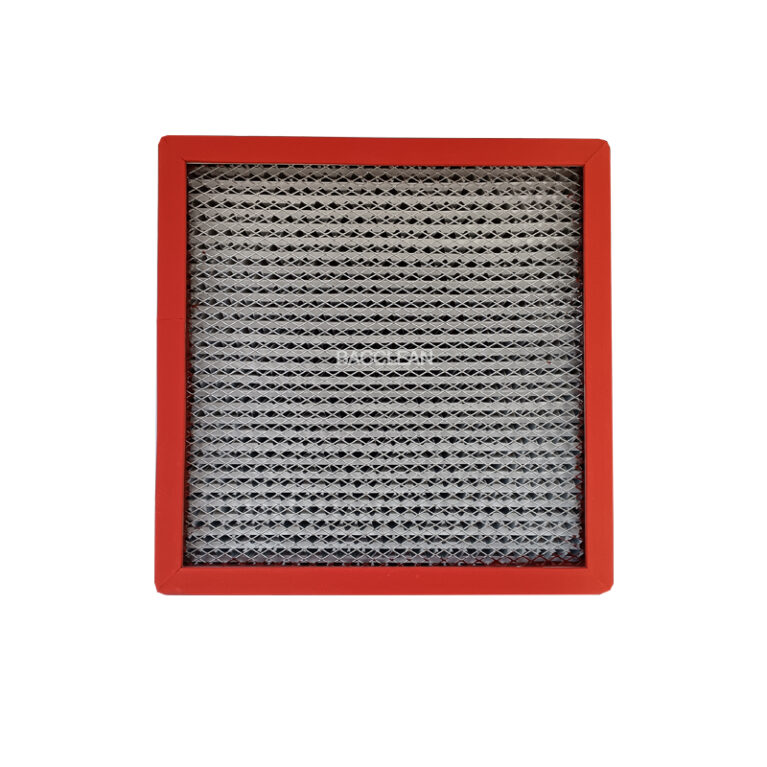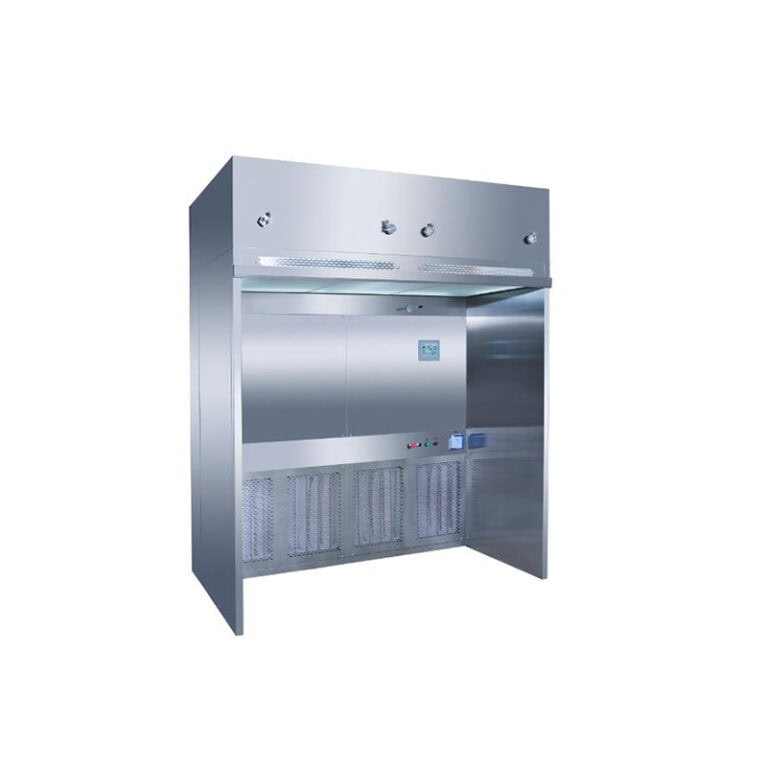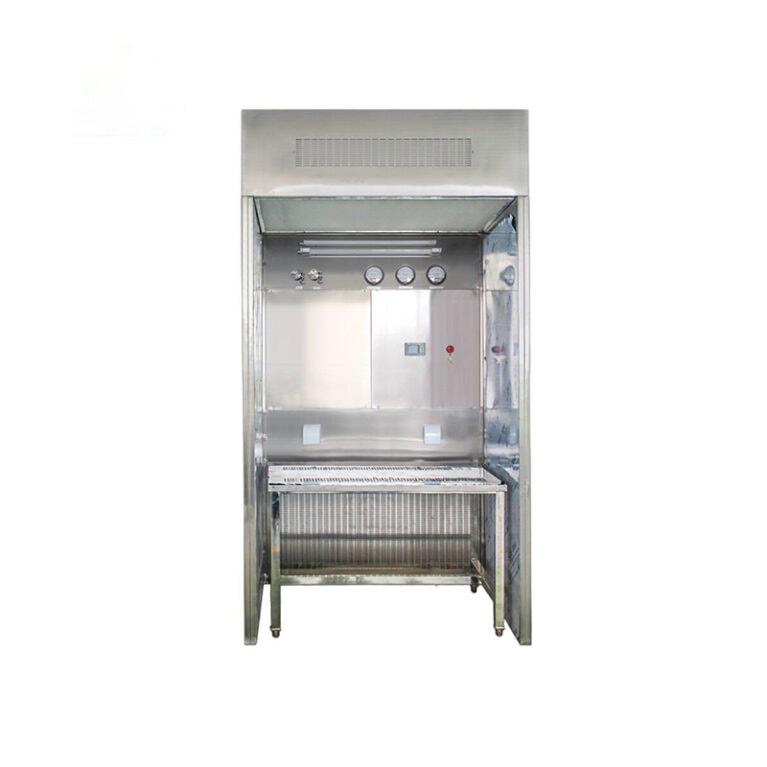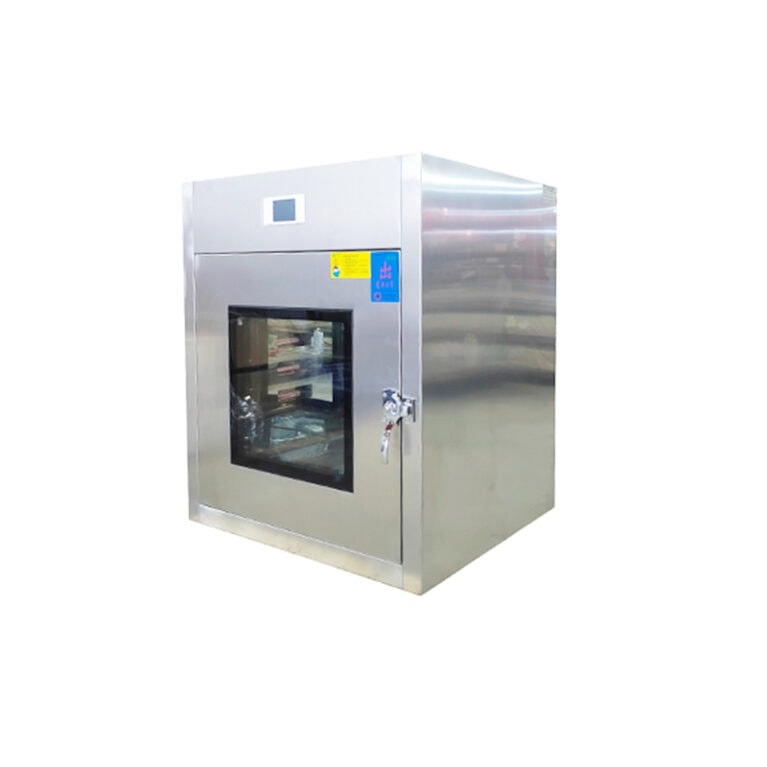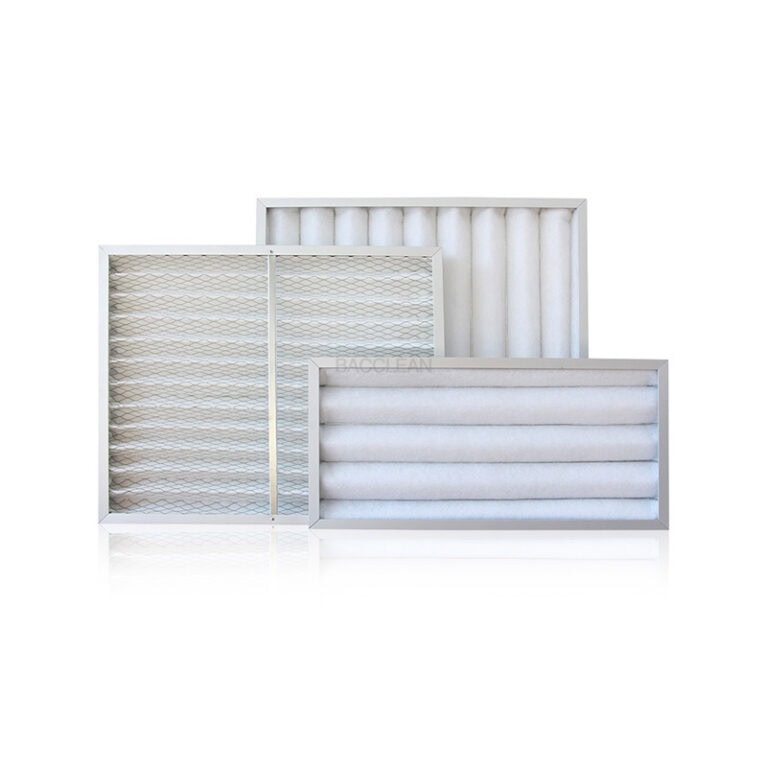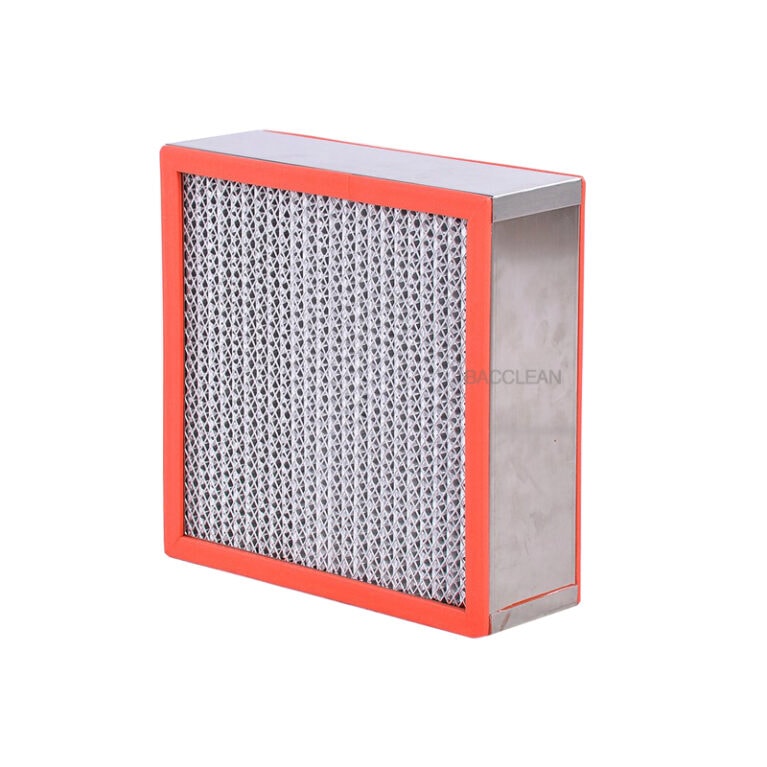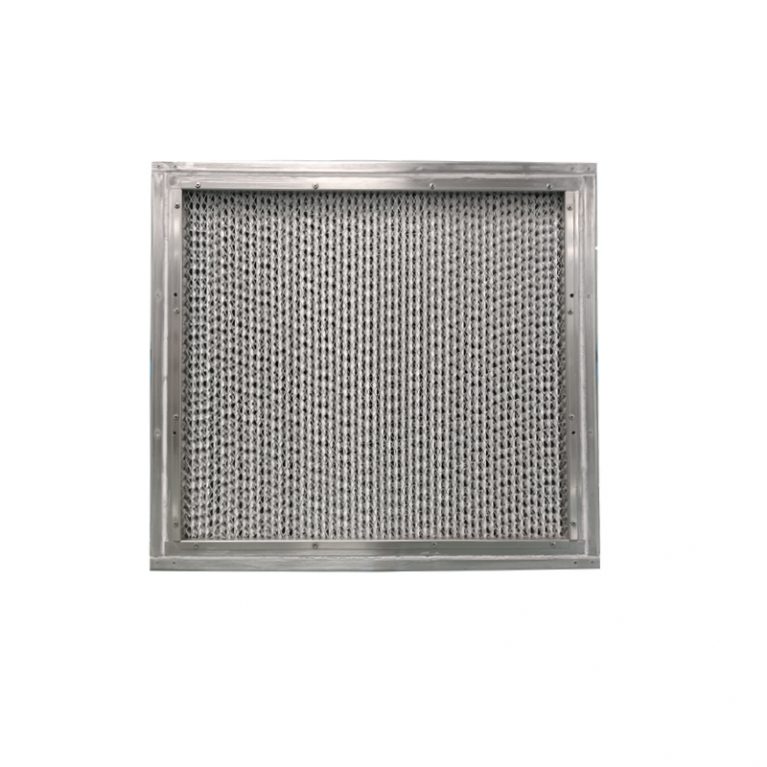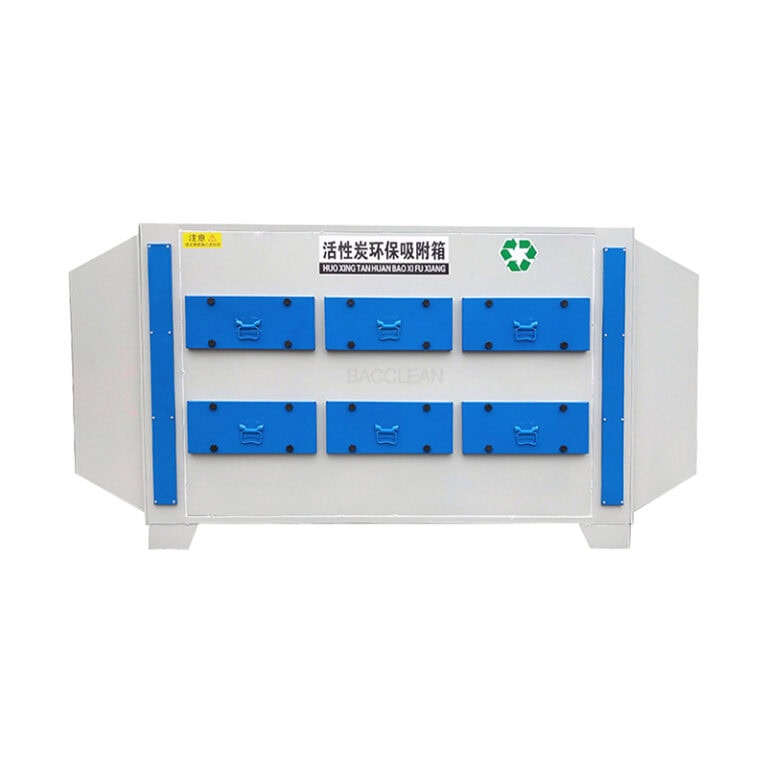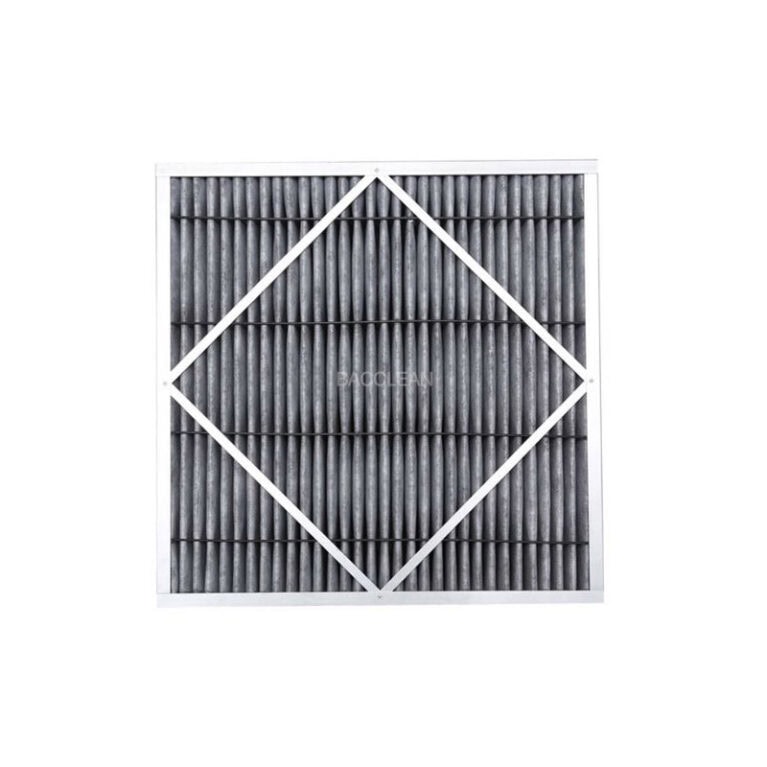In addition to daily maintenance, when the automatic lifting transfer window is used in specific scenarios, during special usage stages, or in response to emergencies, targeted special maintenance measures also need to be taken to adapt to complex environments, extend the service life of the equipment, and ensure its core functions. The following are the key special maintenance measures:
I. Specialized maintenance in Extreme Environments
High humidity/corrosive environments (such as laboratories, pharmaceutical workshops)
Strengthen anti-corrosion treatment: Conduct anti-corrosion inspections on metal parts (such as lifting tracks and motor housings) every quarter. If the surface coating peels off, apply food-grade anti-corrosion coatings (such as Teflon coatings) promptly to prevent rust.
Moisture-proofing of electrical components: Install moisture-proof desiccants in the control box (replace them monthly), and regularly test the insulation resistance of the circuit with an insulation meter (≥1MΩ) to prevent short circuits caused by moisture.
Seal strengthening: Switch to acid and alkali-resistant fluororubber sealing strips instead of ordinary silicone strips. Check the aging condition every 2-3 months and replace them in advance to maintain the seal.
High-frequency usage scenarios (such as hospital operating rooms, electronic clean workshops)
Shorten the maintenance cycle: Reduce the filter replacement cycle from 3 to 6 months to 1 to 2 months, and change the cleaning frequency of the lifting track from once a month to once every two weeks to prevent dust accumulation from affecting operation too quickly.
Enhanced lubrication of transmission components: Add long-lasting grease (such as polyurea grease) to chains and gears every week to reduce wear caused by high-frequency friction. At the same time, record changes in operating noise and disassemble for inspection promptly when abnormalities occur.
Ii. Restart and Maintenance after long-term inactivity
Comprehensive cleaning and drying: After being out of use for more than one month, before restarting, the inside and outside of the equipment (including the surface dust of the filter) must be thoroughly cleaned. Wipe the interior of the electrical control box with a dry cloth to ensure there is no mold or condensation.
Mechanical component reset inspection: Manually operate the lifting mechanism to ensure that the track is free from jamming and the transmission components are free from rust (if there is slight rust, sand it with fine sandpaper and then apply lubricant).
Electrical system activation test: First, connect the power supply and run it with no load 3 to 5 times to test whether the lifting, interlocking, and emergency functions are normal. If there is a control delay, it may be due to capacitor aging, and the electrolytic capacitor needs to be replaced.
Iii. In-depth repair and Maintenance after Faults
Repair after the lifting mechanism gets stuck
Disassemble the lifting track, check if the transmission gears are chipped, and if the chain is disconnected. After replacing the damaged parts, recalibrate the lifting stroke (through the control program or mechanical limit adjustment) to ensure that the lifting platform is level and accurately positioned.
After the repair, conduct more than 10 no-load cycle tests to observe if there are still any abnormal noises. Only after confirming that there are no abnormalities can it be put into use.
Specialized maintenance for the failure of the interlock function
Check whether the positions of sensors (such as photoelectric sensors and magnetic control switches) have shifted, and clean the dust on the surface of the sensors. If the sensor malfunctions, a high-precision sensor of the same model should be replaced (to avoid compatibility issues).
Inspect and repair the relays and contactors in the control circuit, use a multimeter to test the on-off status of the contacts, replace the aged contacts, and ensure the accuracy of the interlock logic (the other side must not be opened when one side of the door is not closed).
Iv. Compliance Maintenance (For Specific Industries)
Aseptic requirements in the pharmaceutical/food industry
Before each batch of production, sterilization treatment is carried out on the interior of the transfer window and the filter (such as 30 minutes of ultraviolet irradiation or hydrogen peroxide fumigation), and the sterilization parameters (time, concentration) are recorded.
Regularly (every six months), entrust a third-party testing agency to test the cleanliness of the air outlet of the transfer window (for example, for Class 8 and above, the number of particles ≥0.5μm should be ≤ 352,000 particles /m³) to ensure compliance with GMP standards.
Anti-static requirements in the electronics industry
Every month, test the grounding resistance of the equipment (required to be ≤4Ω) to ensure that metal parts are effectively grounded and prevent static electricity from damaging electronic components.
When cleaning, use an anti-static cloth to avoid generating static electricity and attracting dust, which may affect the cleanliness during the transmission process of microelectronic components.
V. Reserve and Management of Spare Parts
Stock up on key vulnerable parts such as high-efficiency filters, sealing strips, transmission gears, sensors, etc., and ensure that the model matches the equipment (it is recommended to purchase from the original factory to avoid functional abnormalities caused by dimensional errors).
Store spare parts in a moisture-proof and dust-proof manner, record the replacement cycle and service life of spare parts, and stock up in advance to avoid long-term equipment downtime due to waiting for spare parts.
These special maintenance measures should be flexibly implemented in combination with the equipment usage scenarios, industry standards, and fault types. When necessary, professional operations should be carried out in collaboration with the technical personnel of the equipment manufacturer, especially involving the adjustment of electrical control programs and calibration of precision components, to avoid safety risks or performance degradation of the equipment due to improper handling by oneself.
